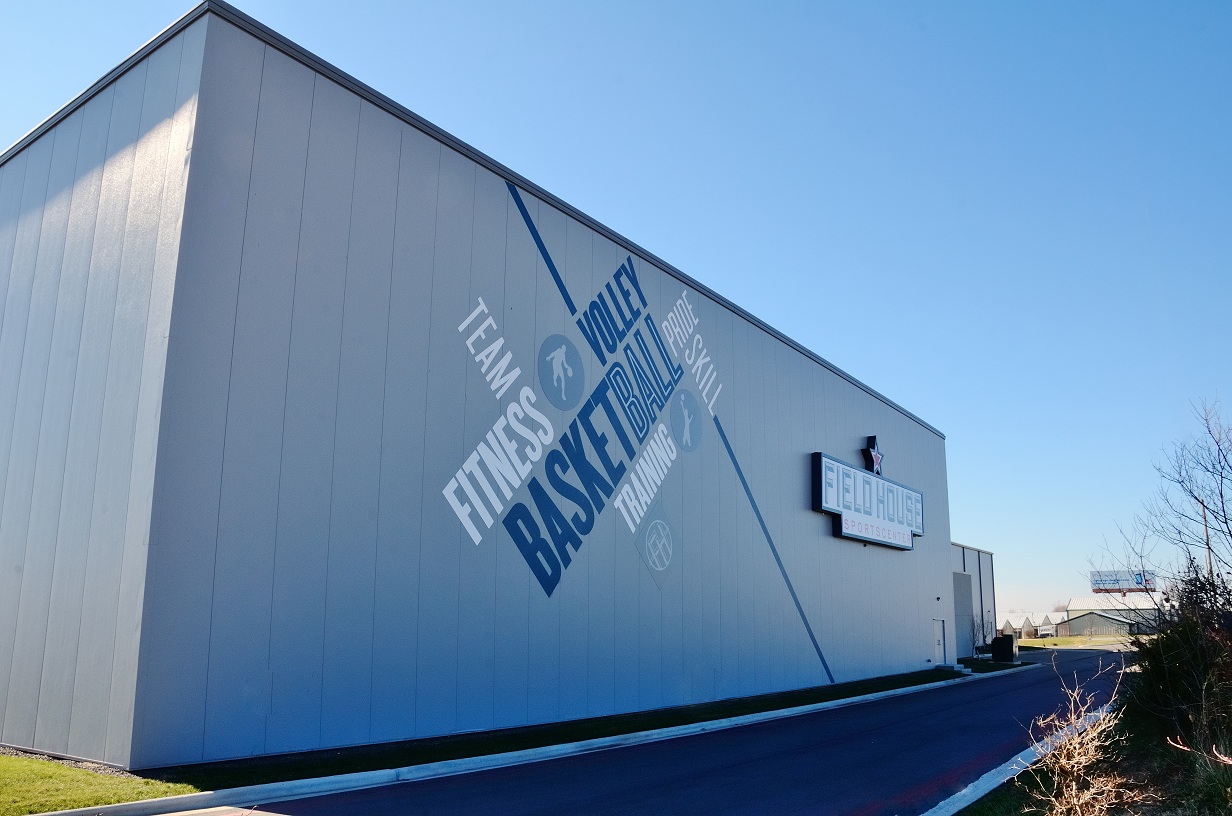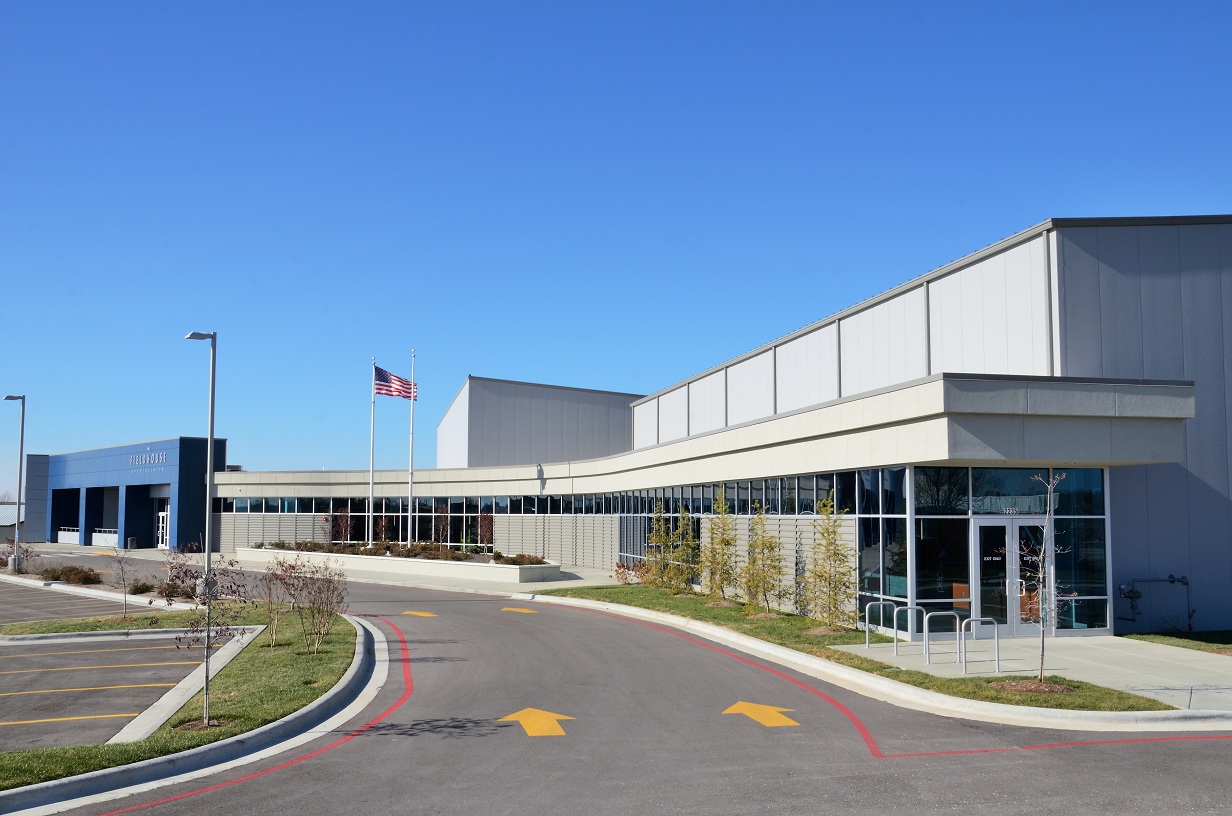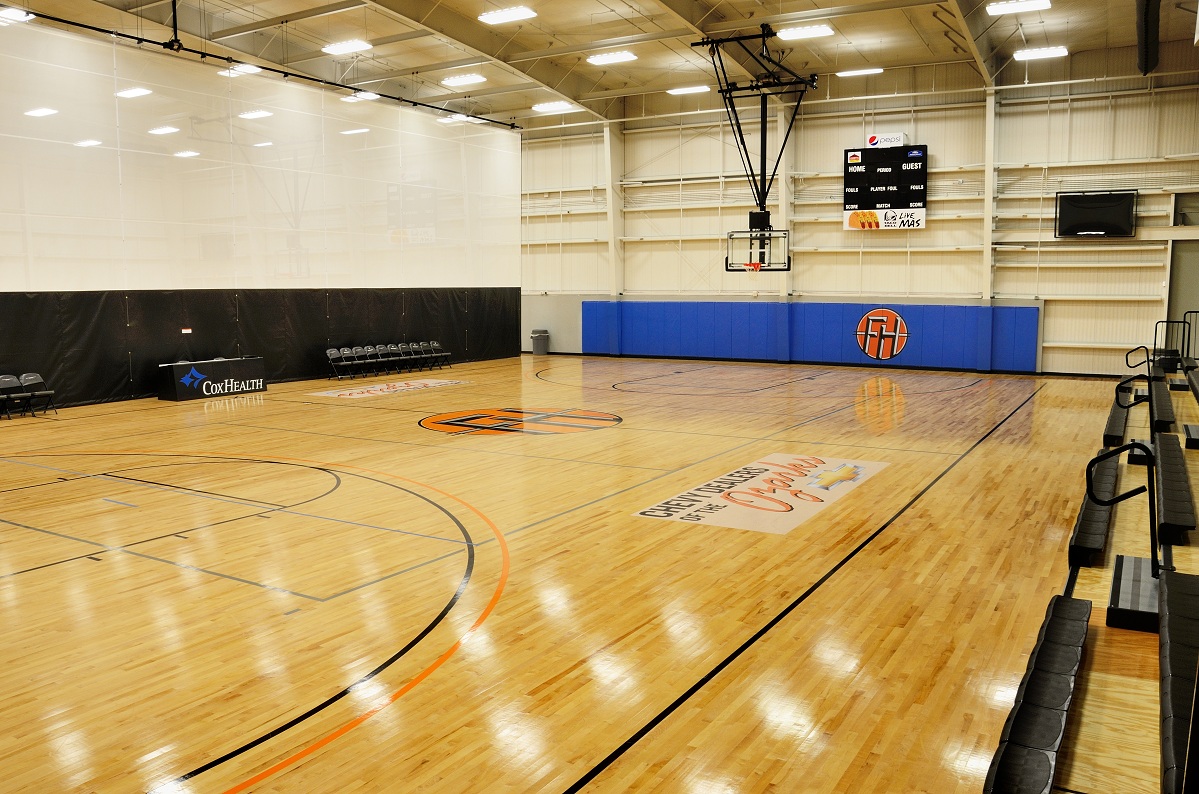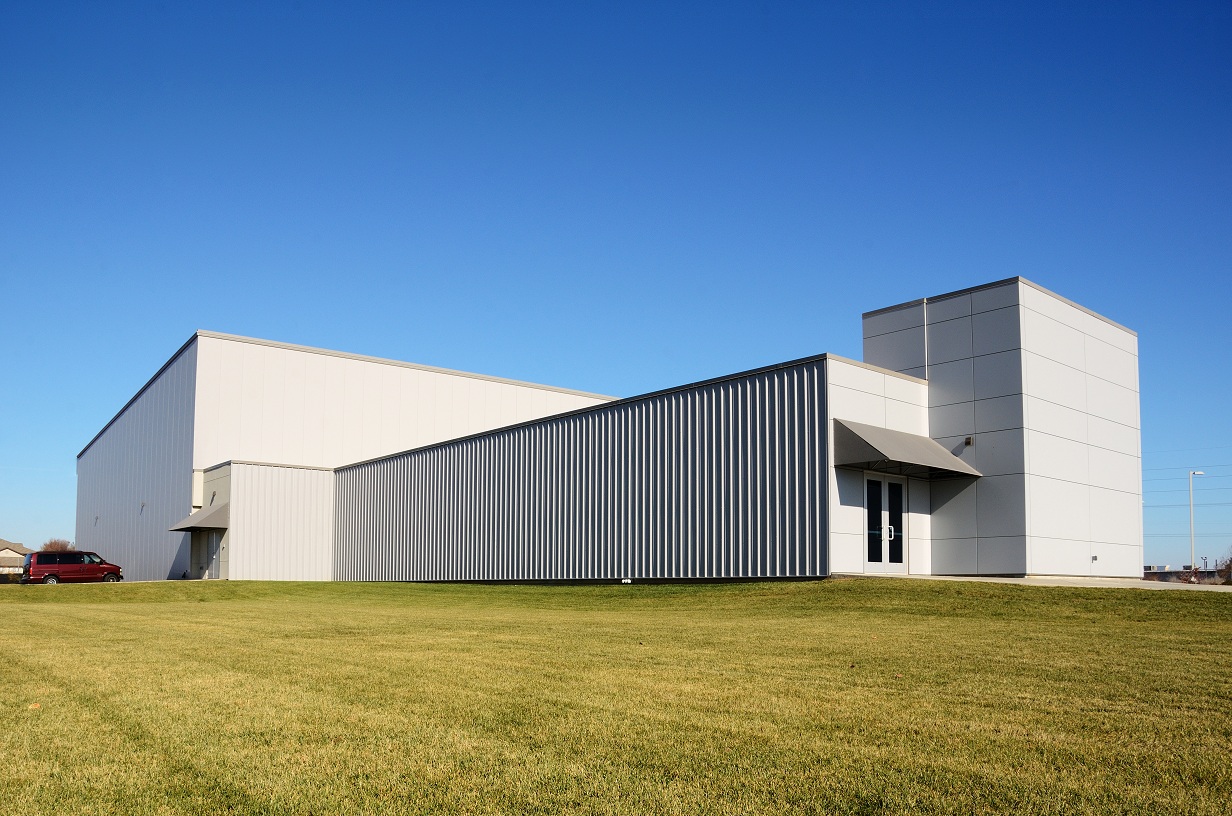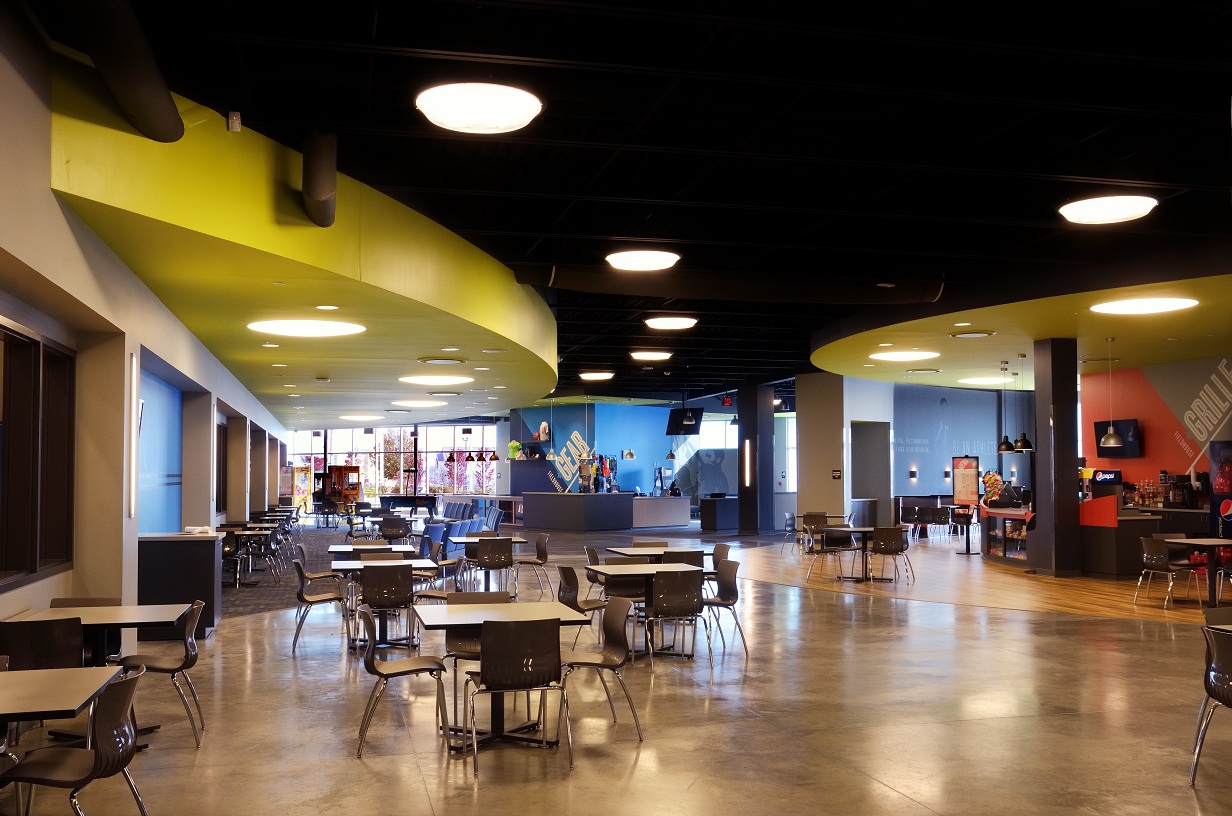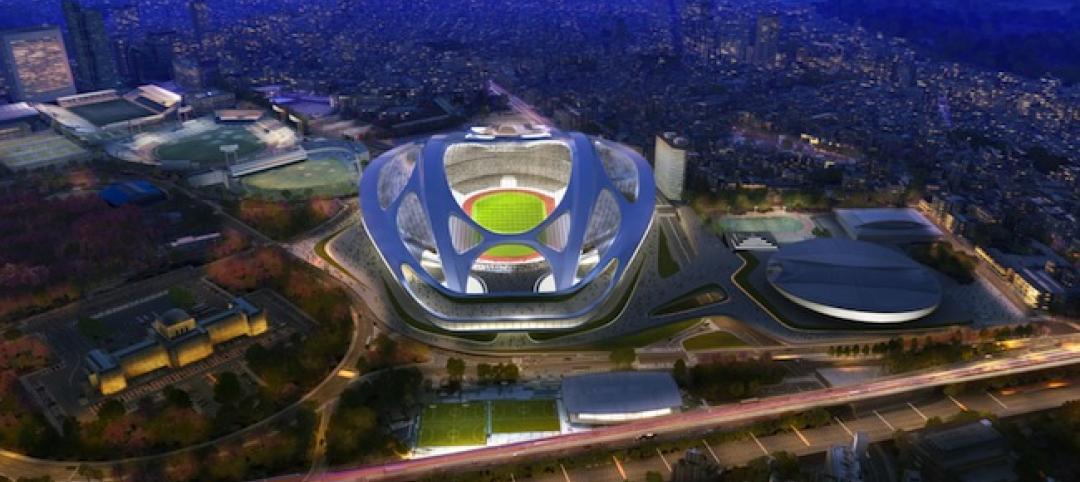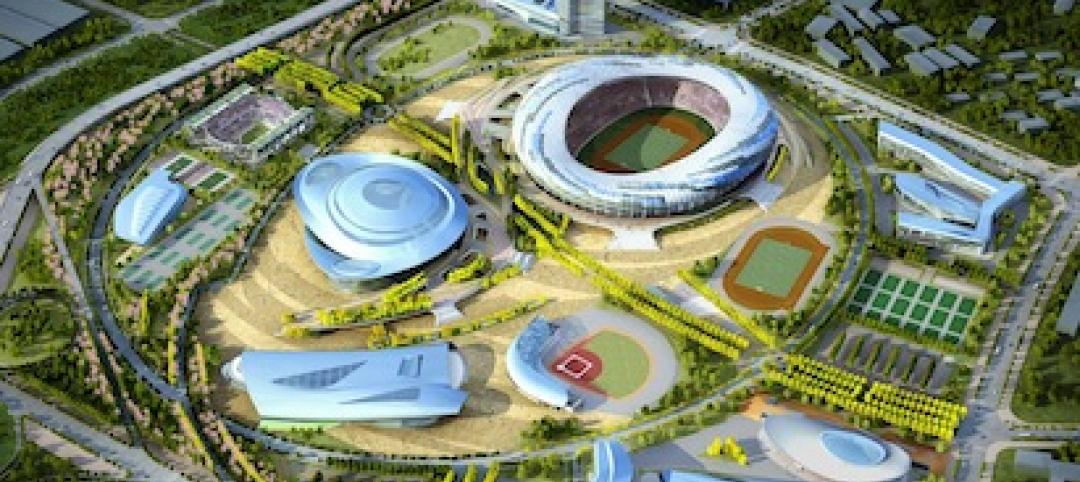Basketball and volleyball take center stage at The Fieldhouse Sportscenter, a multi-purpose sports facility in Springfield, Mo. Attracting student athletes and families from throughout the Midwest, the 46,000-square-foot complex hosts youth basketball and volleyball leagues and tournaments as well as a range of community events and gatherings.
Two separate metal gym buildings accommodate a total of four full-size basketball courts or six volleyball courts. The structures are connected by a structural steel building that provides a common gathering area that includes a restaurant with indoor and outdoor seating, a video arcade, four party/conference rooms and storage areas.
“There were a lot of different elements that had to be tied in correctly to make the three different buildings work together effectively,” says David Ross, director of operations and project manager at Morelock-Ross, the Star builder that led the construction. “One of the most unique elements of this project is the energy-efficient envelope, which includes three-inch-thick insulated metal wall panels and a Simple Saver roof liner system with additional insulation.”
Contributing to the design aesthetic, the buildings combine several different custom exterior finishes.
“The project was designed to provide a distinguished façade along the James River, emphasizing the dynamics of activity and movement,” says Todd Bolin, project architect at H Design Group. “The design intent was to simplify the form and structure of the buildings and tie in the ideals of competition, sportsmanship and camaraderie through murals, signage and apparel.”
Located on a prominent site in the growing southwest part of Springfield, The Fieldhouse adds significant capacity to the city’s youth sports venues and attracts visitors from a 10-state Midwest region.
“There is a facility on the north side of the city that was busting at the seams,” says Craig Naugle, MD, a local physician and the primary investor in the project. “We knew there was a need, and my wife and I wanted to invest in the community that way. It’s really working well as a community center.”
Operating year-round, the facility is able to host upward of 70 teams per weekend in a single venue.
“I think it’s just a great place for families to get together,” Naugle says. “We also have community rooms that people can rent for birthday parties, lunch meetings, business groups and church lock-ins.”
Naugle’s primary goal was to raise the bar for youth sports facilities by providing an authentic playing atmosphere for athletes and their families, many of which travel several hundred miles to compete.
“It provides a much better flow than other facilities I’ve seen around the country,“ he says. “Most facilities tend to be barn-like structures, with a bunch of gyms stacked on top of each other. You get a lot of whistle noise, and kids are constantly distracted. What’s amazing about our facility is that once you’re in the common area looking through the windows, you can hardly hear anything in the gyms.”
The Fieldhouse also offers courtside seating and privacy curtains to provide acoustical separation between the courts.
“When people come here from out of state, they uniformly say they’ve never played basketball in a facility this nice. I hear that time and time again when we host tournaments,” he says.
Naugle is also blown away by the energy efficiency of the facility.
“Our utility bills are at least 25 to 30 percent less than we thought they would be when we were estimating that in our business plan,” he says. “It’s pretty remarkable.”
The complex was designed to accommodate future expansion through a second construction phase that will add an additional two gyms.
Project Credits
Owner/developer: Midwest Events Center LLC
General contractor: Morelock-Ross Builders Inc.
Architect: H Design Group LLC
Civil Engineer: Anderson Engineering
Structural Engineer: Mettemeyer Engineering LLC
MEP Engineer: Colvin Jones Davis LLC
Related Stories
| Jun 12, 2014
Austrian university develops 'inflatable' concrete dome method
Constructing a concrete dome is a costly process, but this may change soon. A team from the Vienna University of Technology has developed a method that allows concrete domes to form with the use of air and steel cables instead of expensive, timber supporting structures.
| Jun 11, 2014
Esri’s interactive guide to 2014 World Cup Stadiums
California-based Esri, a supplier of GIS software, created a nifty interactive map that gives viewers a satellite perspective of Brazil’s many new stadiums.
| Jun 4, 2014
Construction team named for Atlanta Braves ballpark
A joint venture between Barton Malow, Brasfield & Gorrie, Mortenson Construction, and New South Construction will build the Atlanta Braves ballpark, which is scheduled to open in early 2017. Check out the latest renderings of the plan.
| Jun 2, 2014
Parking structures group launches LEED-type program for parking garages
The Green Parking Council, an affiliate of the International Parking Institute, has launched the Green Garage Certification program, the parking industry equivalent of LEED certification.
| May 29, 2014
7 cost-effective ways to make U.S. infrastructure more resilient
Moving critical elements to higher ground and designing for longer lifespans are just some of the ways cities and governments can make infrastructure more resilient to natural disasters and climate change, writes Richard Cavallaro, President of Skanska USA Civil.
| May 22, 2014
Just two years after opening, $60 million high school stadium will close for repairs
The 18,000-seat Eagle Stadium in Allen, Texas, opened in 2012 to much fanfare. But cracks recently began to appear throughout the structure, causing to the school district to close the facility.
| May 20, 2014
Kinetic Architecture: New book explores innovations in active façades
The book, co-authored by Arup's Russell Fortmeyer, illustrates the various ways architects, consultants, and engineers approach energy and comfort by manipulating air, water, and light through the layers of passive and active building envelope systems.
| May 19, 2014
What can architects learn from nature’s 3.8 billion years of experience?
In a new report, HOK and Biomimicry 3.8 partnered to study how lessons from the temperate broadleaf forest biome, which houses many of the world’s largest population centers, can inform the design of the built environment.
| May 16, 2014
Toyo Ito leads petition to scrap Zaha Hadid's 2020 Olympic Stadium project
Ito and other Japanese architects cite excessive costs, massive size, and the project's potentially negative impact on surrounding public spaces as reasons for nixing Hadid's plan.
| May 13, 2014
First look: Nadel's $1.5 billion Dalian, China, Sports Center
In addition to five major sports venues, the Dalian Sports Center includes a 30-story, 440-room, 5-star Kempinski full-service hotel and conference center and a 40,500-square-meter athletes’ training facility and office building.


